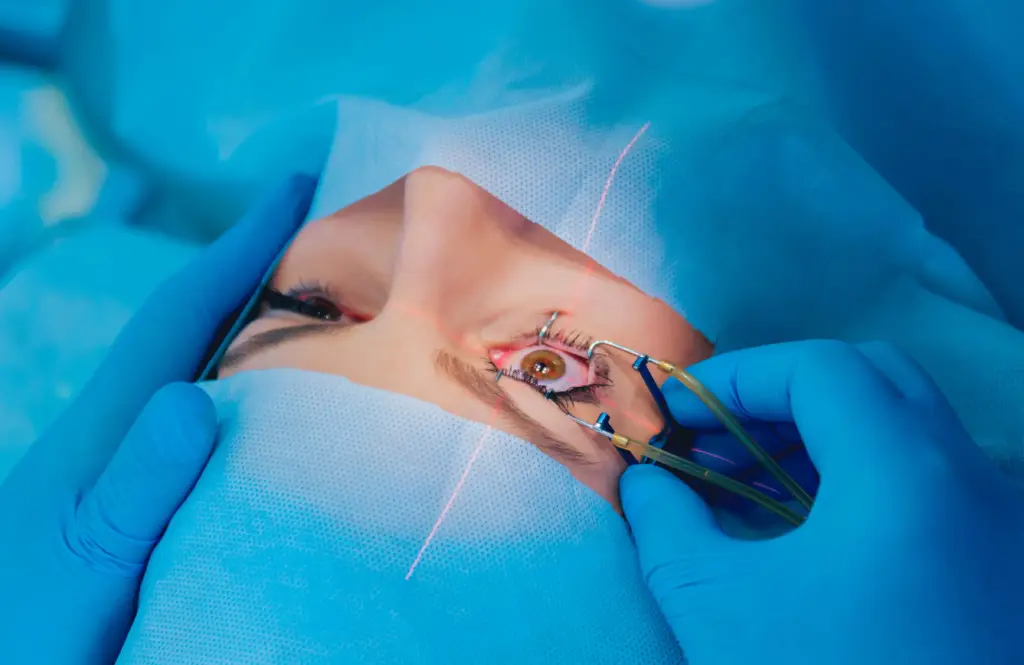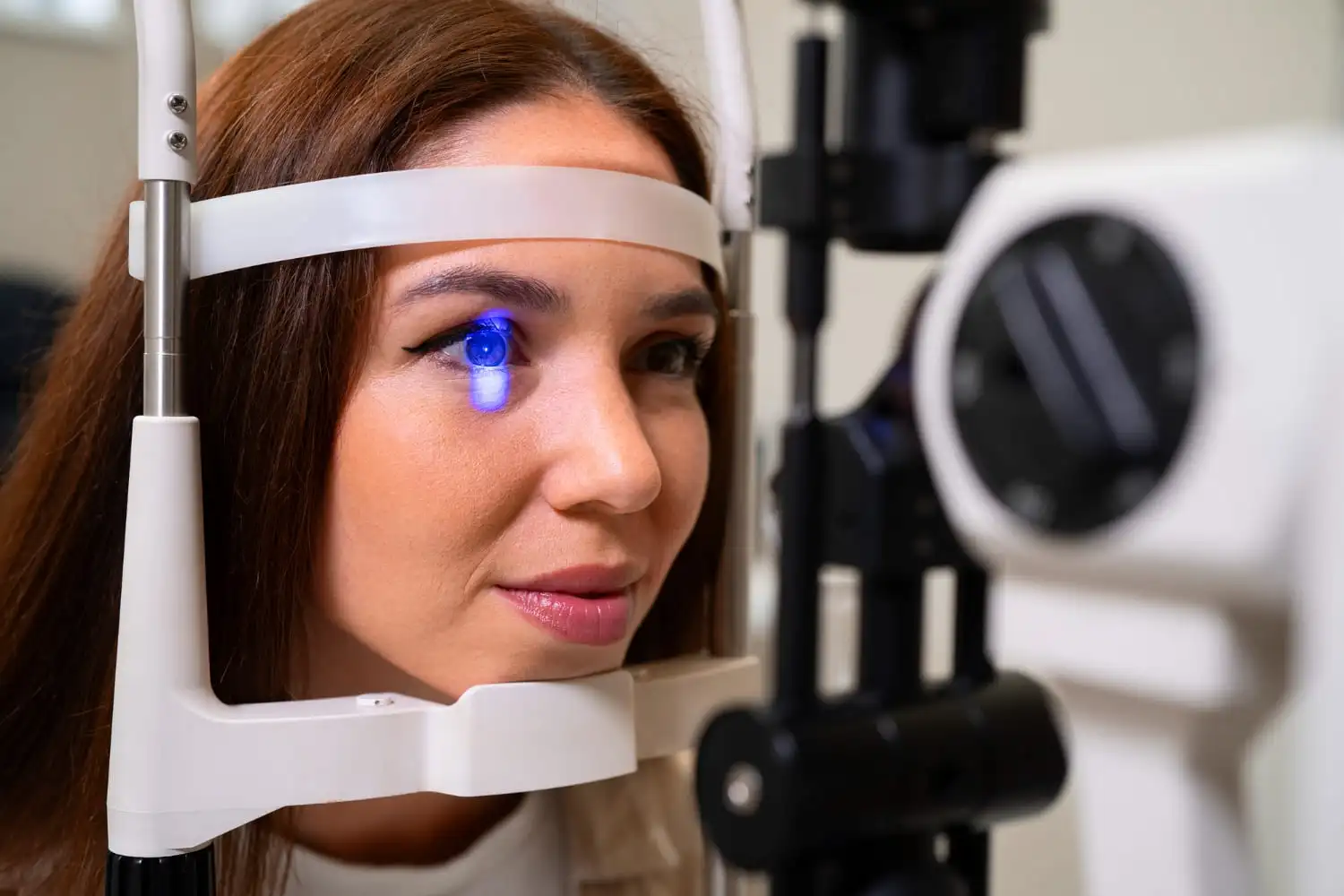Introduction
Laser eye surgery has revolutionized the field of ophthalmology, providing millions of people with a safe and effective way to correct their vision and reduce their dependence on glasses or contact lenses. The journey to this modern marvel has been marked by decades of research, technological advancements, and refinements in surgical techniques.
The roots of laser eye surgery can be traced back to the late 19th century. When ophthalmologists began experimenting with surgical techniques to correct refractive errors like nearsightedness, farsightedness, and astigmatism. However, these early procedures were often imprecise and carried significant risks.
The turning point came in the 1980s with the advent of excimer lasers, which emit a cool beam of ultraviolet light that can precisely reshape the cornea without damaging surrounding tissues. The first laser eye surgery procedure, known as photorefractive keratectomy (PRK), was performed in 1987, marking a breakthrough in the field.
In the 1990s, laser eye surgery underwent further advancements with the introduction of LASIK (Laser-Assisted In Situ Keratomileusis). This procedure involved creating a thin flap in the cornea, which allowed the surgeon to access the underlying tissue for reshaping with the excimer laser. LASIK quickly gained popularity due to its faster recovery time and reduced discomfort compared to PRK.
The evolution of laser eye surgery continued into the 21st century with the development of even more sophisticated techniques, such as SMILE (Small Incision Lenticule Extraction). This procedure involves creating a small lenticule within the cornea, which is then removed through a tiny incision, resulting in minimal disruption to the corneal surface.

Today, laser eye surgery is a well-established and widely accepted procedure with a high success rate and minimal risk of complications. It has helped millions of people achieve clear vision and improve their quality of life. Advancements in laser technology, surgical techniques, and pre-operative evaluations continue to enhance the precision and safety of laser eye surgery, making it accessible to a broader range of patients.
Conclusion
From the early days of PRK to the advanced techniques of LASIK and SMILE, the evolution of laser eye surgery has been marked by significant technological advancements and improved patient outcomes. As research and innovation continue, laser eye surgery is likely to become even more precise, safe, and accessible, offering hope to those seeking freedom from glasses and contact lenses. The journey of laser eye surgery reflects the remarkable progress in medical technology and its profound impact on enhancing human vision.
Beyond LASIK, Beyond SMILE



